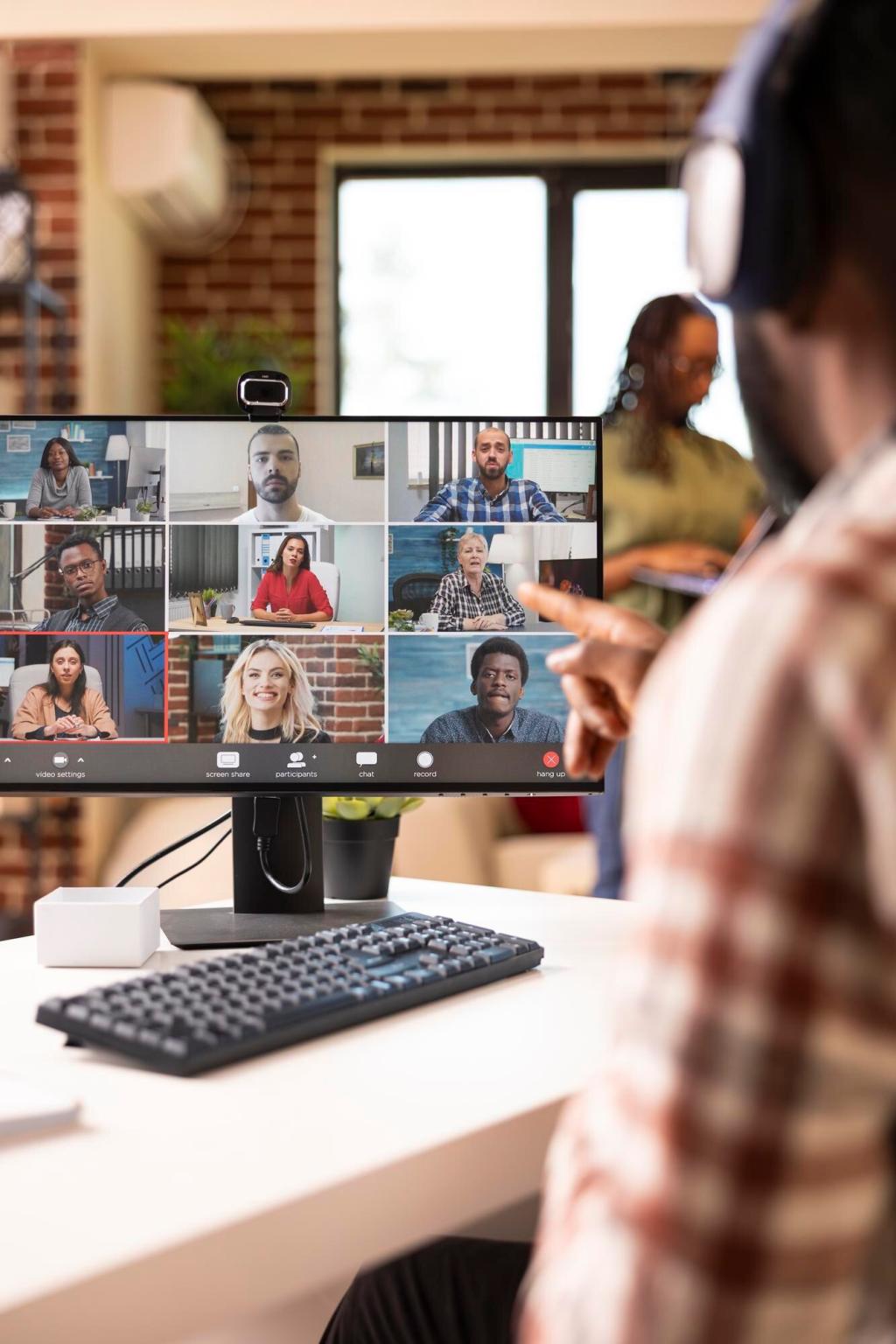Integration and Automation: Your Tools Should Talk
Automate repetitive steps like creating tasks from form submissions or posting deployment notes to a release channel. Start simple, then document every automation. What’s your most reliable integration chain? Share the components and why it never fails under pressure.
Integration and Automation: Your Tools Should Talk
When native integrations fall short, lightweight scripts bridge tools elegantly. Log decisions, sync statuses, and trigger alerts only when action is required. Interested in a sample webhook playbook? Subscribe and we’ll send a starter kit with guardrails and examples.
Integration and Automation: Your Tools Should Talk
Track lead time, throughput, and work-in-progress to spot bottlenecks early. Turn metrics into experiments, not blame. Which dashboard helps you steer calmly during crunch weeks? Tell us whether a cumulative flow diagram changed your planning conversations.
Integration and Automation: Your Tools Should Talk
Lorem ipsum dolor sit amet, consectetur adipiscing elit. Ut elit tellus, luctus nec ullamcorper mattis, pulvinar dapibus leo.






